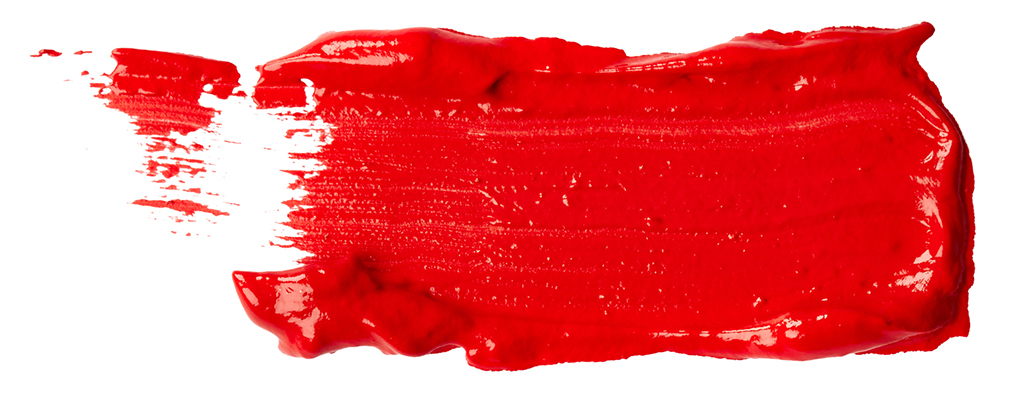


Chicago police were present to keep watch of any dangerous activity, or so they stated. The SP had gone a long way from only ten years prior when their initial gain of two seats in the House of Representatives began a train of forward momentum.Ĭrowds formed outside of the convention eager to gain admittance when the hall filled on the first morning. Further talk on this matter was planned for a minimum two-hour debate at the party convention where the platform would be set. This new leadership had just voted to join the Communist International, a move criticized by the moderates in the SP. The adoption of a radical platform had been in the works since the Palmer Schemes forced a new leadership election which was won by the once-minority revolutionary sect of Socialists. It had surpassed the Progressive Convention of 1916 by over ten thousand attendees. The mainstream press had decried the party’s convention as “unpatriotic” and “a gathering of bloodthirsty reds”, yet the National Convention for the Socialist Party of America was the largest third party convention ever. The Socialist Party National Convention: May 1920 Strauss & R.Paint it Red: The Rise of the American LeftĪlternate History of the Left from 1908 to 1932* This could provide important insights for drug development and their mechanisms of action," concludes Jungmann. In our study, the measurement of four different tumor markers confirms a fast and accurate analysis of their molecular positions and interactions. For instance, tumor markers could previously only be examined slowly and not clearly on a single-molecule level. “We are thrilled to apply the now further improved imaging speed in DNA-PAINT to tackle biological questions. “The new optimized DNA sequences allowed us to resolve six different DNA origami structures instead of only one, in just a few minutes”, explains Strauss. This enabled the researchers to evaluate the improvements to DNA-PAINT under defined conditions. These structures can be used to arrange DNA-PAINT binding sites spaced precisely at e.g. To optimize the new sequence motifs and benchmark their improvements, the group used DNA origami structures, which are self-assembled, nanometer-sized DNA objects autonomously folding into predefined shapes. "In combination with previous improvements, we can now speed up DNA-PAINT by a factor of 100," adds Jungmann. "We designed six individual, periodic sequence motifs, which allows us to introduce multiplexing to speed-optimized DNA-PAINT," said Strauss. (TCC)n, which could be concatenated to provide overlapping binding sites yet only slightly increasing strand length. To circumvent these issues, the researchers designed repetitive sequence motifs, e.g. However, simply concatenating binding sites would lead to undesirably long docking sequences, potentially reducing achievable image resolution and increasing non-specific binding," says Strauss. "The more binding sites there are, the faster the image acquisition proceeds. They took advantage of the fact that the frequency of binding of the imagers to their target strands scales linearly with the number of available binding sites. In the current study, the researchers present a novel concept that has successfully improved the imaging speed.
Paint it red goes faster how to#
“We asked ourselves how to allow multiplexed imaging and, at the same time, push image acquisition speed even further”, says Sebastian Strauss, first author of the paper and co-worker in Jungmann’s group. This multiplexing capability was not achievable in speed-optimized DNA-PAINT, as only a single optimized sequence with improved hybridization characteristics was available. The simultaneous observation of several proteins, however, is important for the better understanding of complex signaling cascades between tumor and normal cells. "However, this came at the cost of losing multiplexing, which means that several structures in the cell cannot be observed simultaneously", added Jungmann. “We have recently improved DNA-PAINT’s traditionally rather slow acquisition speed by an order of magnitude by optimizing DNA sequence design.” says Jungmann. The technique uses short ‘imagers’, dye-labeled DNA strands that temporarily bind to their target molecules in a complementary manner to produce the necessary "blinking" for super-resolution reconstruction of the images. One of the microscopy techniques, called DNA-PAINT, was developed by Ralf Jungmann, research group leader at the MPI of Biochemistry and Professor for Experimental Physics at the Ludwig Maximilian University Munich together with colleagues. Super-resolution fluorescence microscopy can be used to visualize structures smaller than 200 nanometers, i.e.


 0 kommentar(er)
0 kommentar(er)
